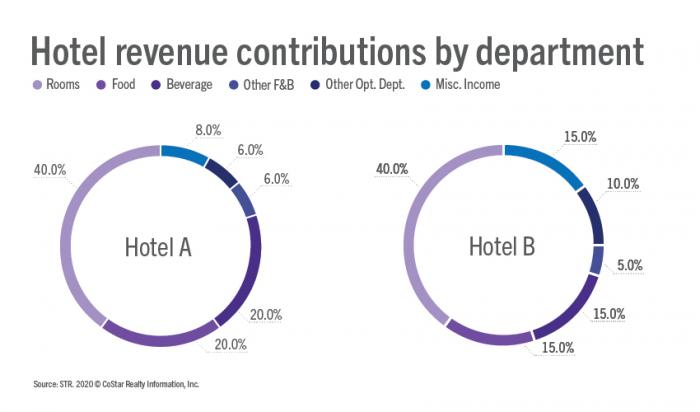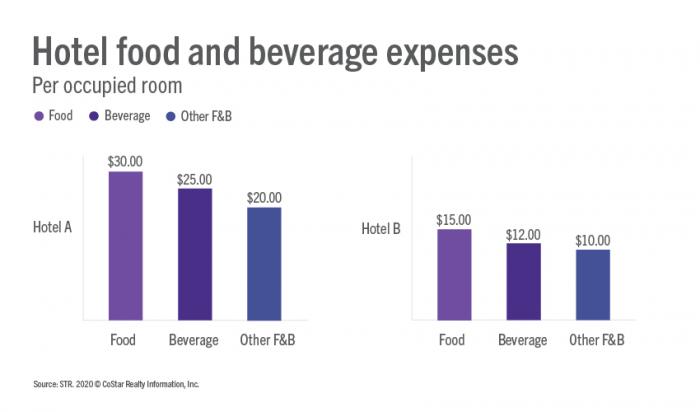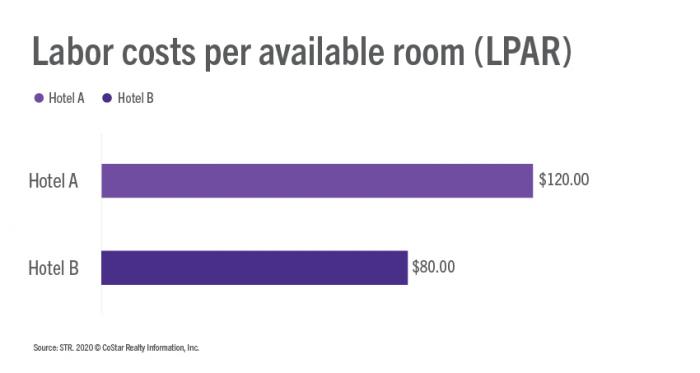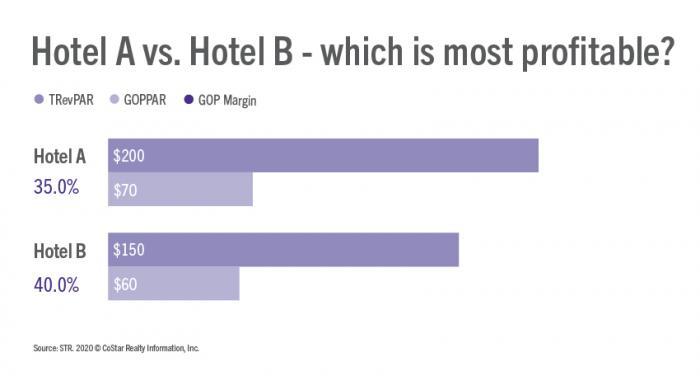How P&L statements help you understand your hotel profitability
Understanding your hotel’s financial performance involves thorough analysis of your balance sheet and what is often called your income statement – more commonly referred to as your P&L statement when talking with STR.
For many hoteliers, reading profit & loss statements can be challenging, but it’s a crucial step to knowing what affects overall profitability. Our Hotel P&L examples are designed to make the task a little less daunting. Because once you understand the relationship between income and expenses, and how various departments are performing over a given period, you can strategize more effectively.
The top line items don’t tell the full story, rather, the best insights comes from the bottom line. Like with so many reports and data sets, context is king and is crucial to measure your bottom line performance against previous years and the competition. Hotels A and B are going to be our test subjects in these P&L examples.
*Examples based on Uniform System of Accounts for the Lodging Industry (USALI) 11th edition
Hotel revenue by department
P&L statements are broken down by department and, unsurprisingly, room revenues almost always account for the highest contribution – highlighted by our two example hotels below.
Room revenue accounts for an equal proportion in each hotel, but it’s when we analyze the contribution of other departments that we begin to better understand to revenue drivers of each hotel. Hotel A produces a greater proportion of revenue from its food and beverage (F&B) departments because it has several bars and restaurants on-site, while Hotel B only offers room service, and therefore drives less revenue from that department.



